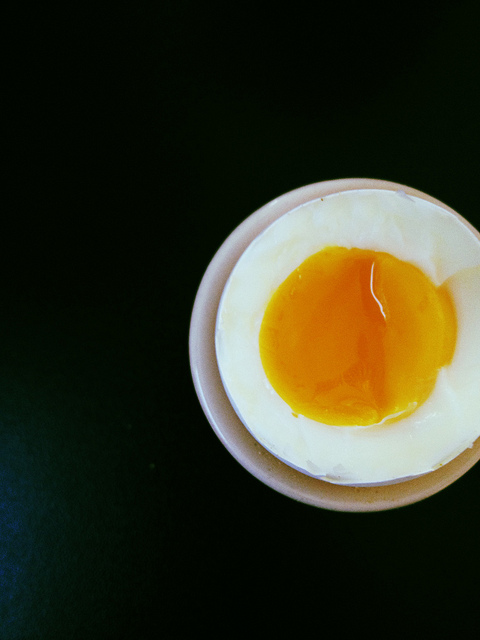(I couldn’t help it.)
I’ve been experimenting with raw dairy now that I found a co-op in my neighborhood that provides me with amazing grass-fed beef and dairy.
Now bear with me.
I know most Paleo proponents do not include dairy outside of pastured ghee but I suffer from an addiction to wonderful things like cheese, yogurt, kefir, and ice cream. Now as a kid, I used to drink milk by the gallons… so much so that my mother used to yell at me for trying to drink them out of house and home. As the years wore on, it became painfully obvious that I had lactose intolerance issues so milk was axed from my diet. I would buy organic yogurt and ice cream on occasion but suffer the consequences a few hours later. Goat and sheep yogurt were slightly easier on my digestive system but the tanginess made it less desirable for everyday consumption. What was a dairy-loving girl to do?
Enter RAW pastured cow dairy EVERYTHING.
I’ve been drinking raw milk kefir and eating raw milk yogurt and cheeses with nary a digestive issue. And I’ve been drinking straight-up whole milk. The milk is unreal. It’s been decades since I’ve seen a gallon of milk in my refrigerator but it has now found a permanent home here. Rich, creamy, fatty and silky smooth non-homogenized raw pastured dairy milk is out of this world. There are so many excellent health benefits with raw milk versus commonplace UHT pasteurized milk but here is the crazy part: raw milk doesn’t quite spoil like pasteurized dairy. I can admit that buying a gallon for two people that don’t normally drink dairy milk was a tall order. I skipped an order last week because we hadn’t finished it yet but when I picked up my fresh gallon this week, I had to confront the old gallon. Expecting it to be putrid, I gingerly plucked off the cap and stuck my nose in deep… to find a pleasantly sour tangy smell much like kefir or even buttermilk. Collective internet wisdom says this remains safe to consume so I will turn the leftovers into raw milk kefir (and dutifully report back).
Real food is amazing, isn’t it?
